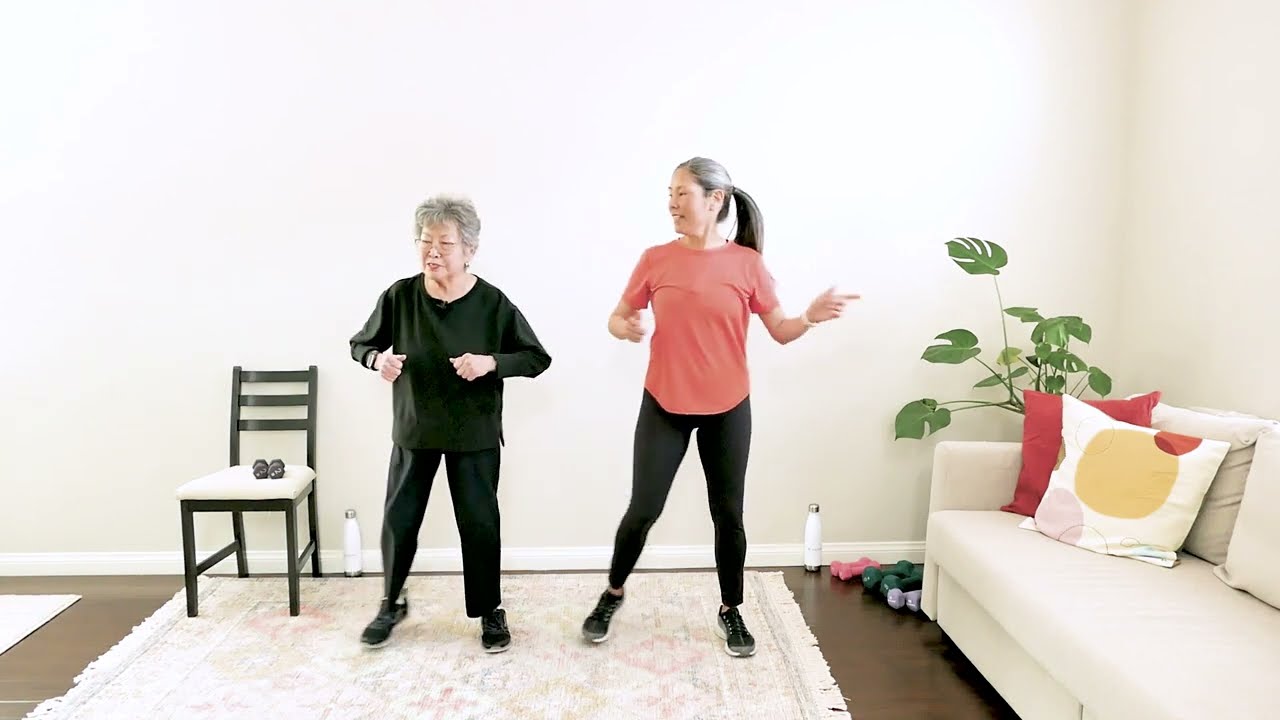Strength training is an essential component for anyone looking to improve their fitness level, build muscle, and enhance their overall health. Whether you’re a complete novice or someone with some experience, understanding the fundamentals of strength training can set you on a path toward achieving your fitness goals. This guide aims to provide beginners with a comprehensive overview of strength training, including its benefits, best practices, and foundational exercises that can kickstart your journey.
Strength training

The concept of strength training goes beyond merely lifting weights; it encompasses a variety of activities aimed at increasing muscle strength, endurance, and size through resistance. This form of exercise involves using weights, resistance bands, or even your own body weight, focusing on controlled movements that engage multiple muscle groups.
Engaging in strength training offers numerous benefits that extend beyond mere aesthetics. For starters, it plays a crucial role in enhancing metabolic rate, as muscle tissue requires more energy to maintain than fat. Thus, even at rest, individuals who partake in regular strength training can burn more calories, aiding in weight management.
Additionally, strength training promotes bone density, which is particularly important as we age. The mechanical stress placed on bones during resistance training encourages mineral deposits, leading to stronger, healthier bones. Moreover, strength training has been shown to improve mental health by releasing endorphins, reducing anxiety, and boosting self-esteem.
As you embark on your strength training journey, it’s important to establish proper techniques and understand the principles behind effective workouts. These principles include progressive overload, specificity, and recovery, which are pivotal in ensuring long-term success.
Understanding these aspects will allow you to create a tailored regimen that aligns with your personal goals and physical capabilities. As we dive deeper into the world of strength training, we will explore various exercises suited for beginners, ensuring you have the tools necessary to begin your journey safely and effectively.
Importance of Proper Form
One of the most critical aspects of strength training is maintaining proper form. Poor technique not only diminishes the effectiveness of your workouts but also increases the risk of injury. When beginning any new exercise regimen, take the time to learn the correct postures, grips, and movement patterns associated with each exercise.
Ensure you practice in front of a mirror or seek guidance from qualified trainers to help refine your technique. It’s better to start with lighter weights to master form before gradually increasing resistance. Remember, quality over quantity is paramount when it comes to developing strength sustainably.
Understanding Resistance
Resistance is the cornerstone of strength training. It refers to the force your muscles must work against during an exercise. Strength training can be performed with various forms of resistance, including free weights, machines, resistance bands, and even bodyweight exercises.
Each type of resistance has its unique advantages. Free weights, for instance, promote stabilizing muscle engagement and are versatile, while machines offer guided movements that can be advantageous for beginners. Bodyweight exercises are excellent for honing fundamental skills without the intimidation factor of lifting heavy weights.
Identifying which type of resistance works best for you involves assessing your comfort level, goals, and available resources. As you progress, consider integrating a variety of resistance types into your routine to ensure well-rounded development.
Setting Realistic Goals
Setting realistic fitness goals is essential for keeping motivation levels high and ensuring long-lasting commitment. Focus on both short-term and long-term objectives that align with your overall aspirations. Short-term goals may include mastering specific exercises or increasing the weight you lift, while long-term goals could involve achieving a certain level of strength or completing a fitness event.
By breaking down larger goals into manageable steps, you’ll be able to track your progress and celebrate achievements along the way. Keep in mind that consistency is key, and results may take time to manifest. Approach your strength training journey with patience and determination, and you will undoubtedly see improvements over time.
Best strength training exercises for beginners
Starting your strength training journey can be overwhelming, especially with the myriad of exercises available. However, certain fundamental movements serve as excellent entry points for beginners. In this section, we’ll discuss some of the best strength training exercises for beginners, emphasizing their importance and how to perform them correctly.
These exercises focus on major muscle groups, promoting balance, stability, and overall strength. Incorporating these movements into your routine will lay a solid foundation for future advancements in your training program.
Squats
Squats are often heralded as one of the most effective strength-training exercises for beginners. They engage multiple muscle groups, including the quadriceps, hamstrings, glutes, and core. Not only do they build lower-body strength, but they also play a crucial role in improving mobility and stability.
To perform a basic squat, stand with feet shoulder-width apart, toes slightly turned out. Engage your core, push your hips back, and bend your knees as if sitting in a chair. Ensure your knees stay aligned with your toes and do not extend beyond them. Lower yourself until your thighs are parallel to the ground, then push through your heels to return to standing.
Incorporating squats into your weekly routine can enhance athletic performance and daily functional movements like sitting and standing. As you become more comfortable, you might experiment with variations such as goblet squats or barbell squats to increase resistance and challenge your muscles further.
Push-ups
Push-ups are another fantastic exercise for beginners, primarily targeting the chest, shoulders, triceps, and core. They require no equipment and can be performed anywhere, making them an accessible option for all fitness levels.
To execute a standard push-up, position yourself face down on the floor, palms placed slightly wider than shoulder-width apart. Align your body in a straight line from head to heels, engaging your core throughout the movement. Lower your body until your chest nearly touches the floor, then press back up to the starting position. If a full push-up is too challenging, modify by performing the exercise on your knees or against a wall.
In addition to building upper body strength, push-ups also activate stabilizing muscles, enhancing your overall functional fitness. As you progress, consider experimenting with incline or decline push-ups to target different muscle areas and increase difficulty over time.
Deadlifts
Deadlifts are an excellent compound exercise that targets the posterior chain, including the hamstrings, glutes, lower back, and core. While they may appear intimidating, deadlifts can be easily modified for beginners and should be included in any well-rounded strength training regimen.
To perform a basic deadlift, begin by standing with your feet hip-width apart while holding a pair of dumbbells or a barbell in front of your thighs. With a slight bend in your knees, hinge at the hips, lowering the weights toward the floor while maintaining a neutral spine. Once the weights reach mid-shin, engage your glutes and hamstrings to lift your body back to standing.
Proper form is crucial when performing deadlifts to avoid strain on your lower back. Start with light weights to master your technique before progressing to heavier loads. Deadlifts not only enhance strength but also improve posture and core stability, making them a valuable addition to your strength training arsenal.
Planks
While not traditionally categorized as a strength training exercise, planks are a superb way to develop core strength, stability, and endurance. A strong core serves as the backbone for all strength training movements, providing the necessary support for your spine and enhancing overall performance.
To execute a plank, position yourself face down on the floor, resting on your forearms and toes. Maintain a straight line from your head to your heels, engage your abdominal muscles, and hold the position for as long as possible while avoiding sagging or arching your back.
Incorporating planks into your routine enhances control and stability, which directly translates to improved performance in other strength training exercises. As you grow stronger, consider introducing variations such as side planks or plank jacks to keep your workouts fresh and challenging.
Conclusion
Embarking on your strength training journey can be both exciting and daunting, but with the right knowledge and approach, you can pave the way to a healthier, stronger you. By focusing on the fundamental principles of strength training and incorporating the best exercises for beginners, you’ve laid a solid foundation for continued growth and success.
Remember to prioritize proper form, listen to your body, and set realistic goals to keep motivation levels high. As you progress, don’t hesitate to explore new exercises, techniques, and challenges to further enhance your strength training experience.
With commitment, patience, and perseverance, the benefits of strength training will permeate every aspect of your life, leading to improved physical health, confidence, and overall well-being. So go ahead and embrace the journey; your future self will thank you!


